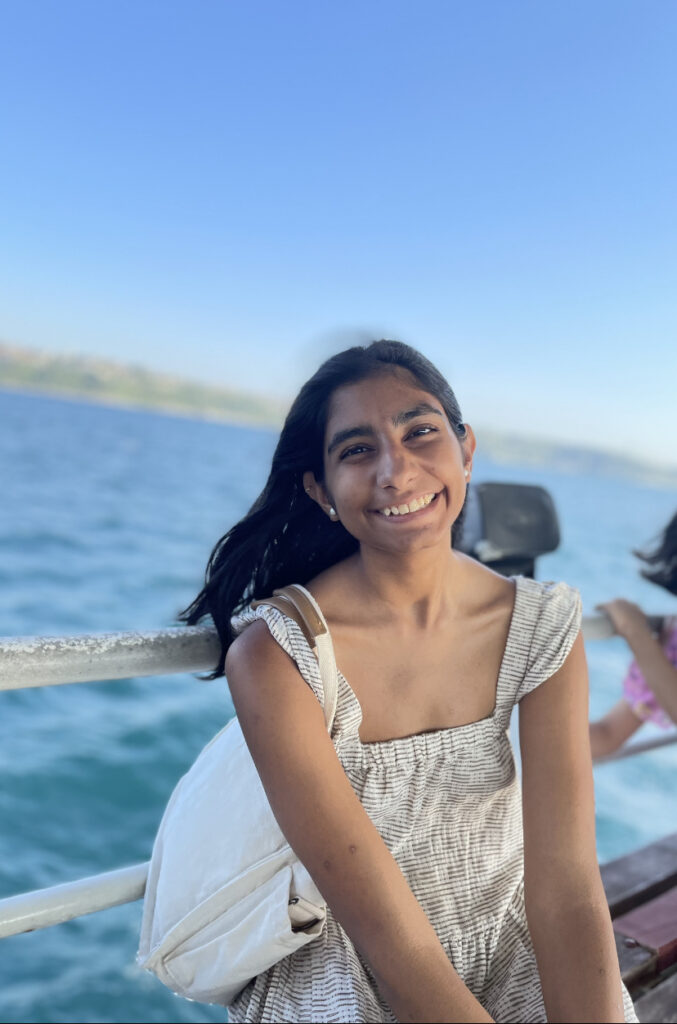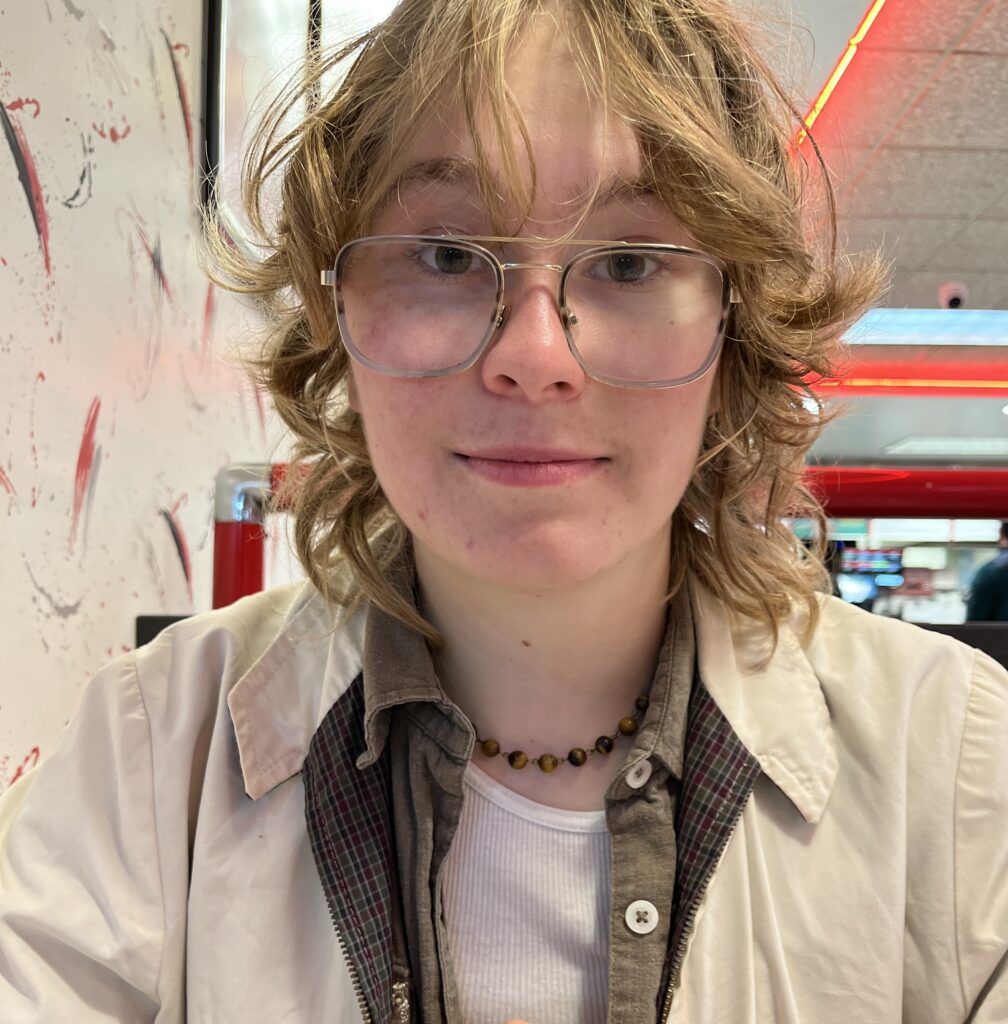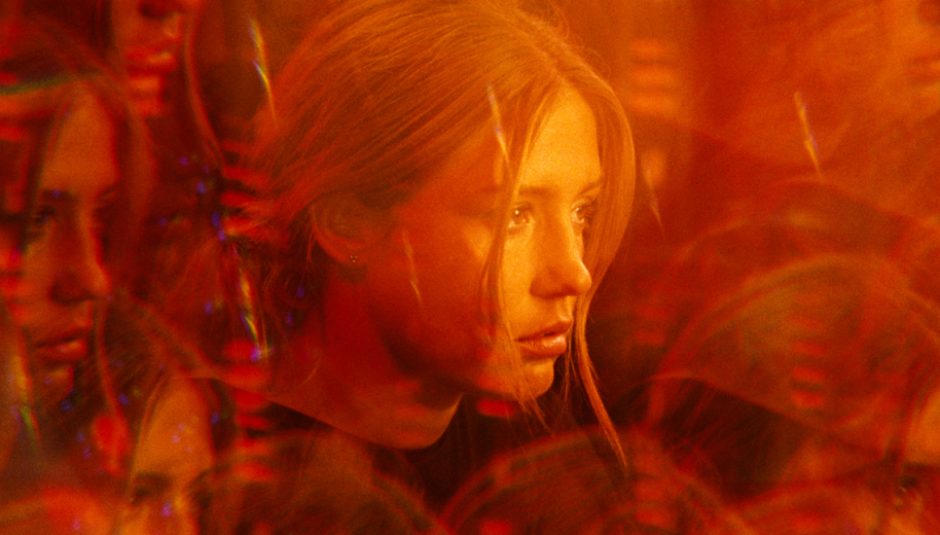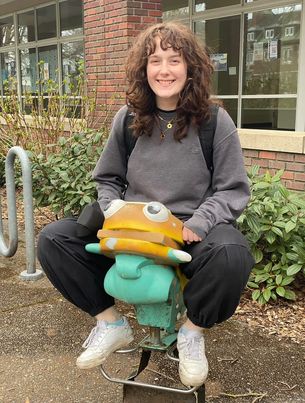Are you beginning to learn Arabic and in need of some fun and easy media to help boost your vocabulary? Look no further… !يالله
- All About Me
Tareq and Shireen are learning how to be kind and considerate friends! Tune in if you’re looking to fill your vocabulary with wholesome terms about friendship and sharing.
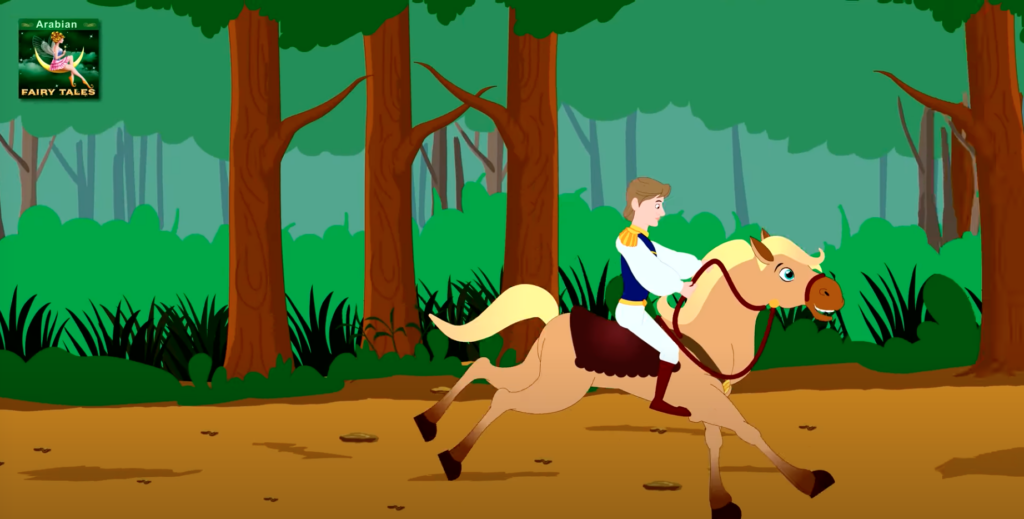
Arabic retellings of classic fairytales using simple language and helpful subtitles.
3. Totally Spies! Arabic
Subtitled episodes of Totally Spies! dubbed in Arabic! Ideal if you need something more sophisticated than fairytales.
4. Obayd Fox
Obayd Fox is a British Youtuber living in Saudi Arabia. As a fellow Arabic learner (albeit an advanced one), he tends to speak slightly more slowly than a native, and he usually uses الفصه 🙂
5. Learn Arabic with Khasu
Khasu is also an Arabic learner and a very talented teacher. His channel includes roleplays, skits, vocab lessons, and breakdowns of grammatical concepts.


